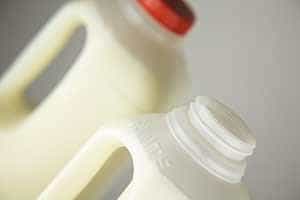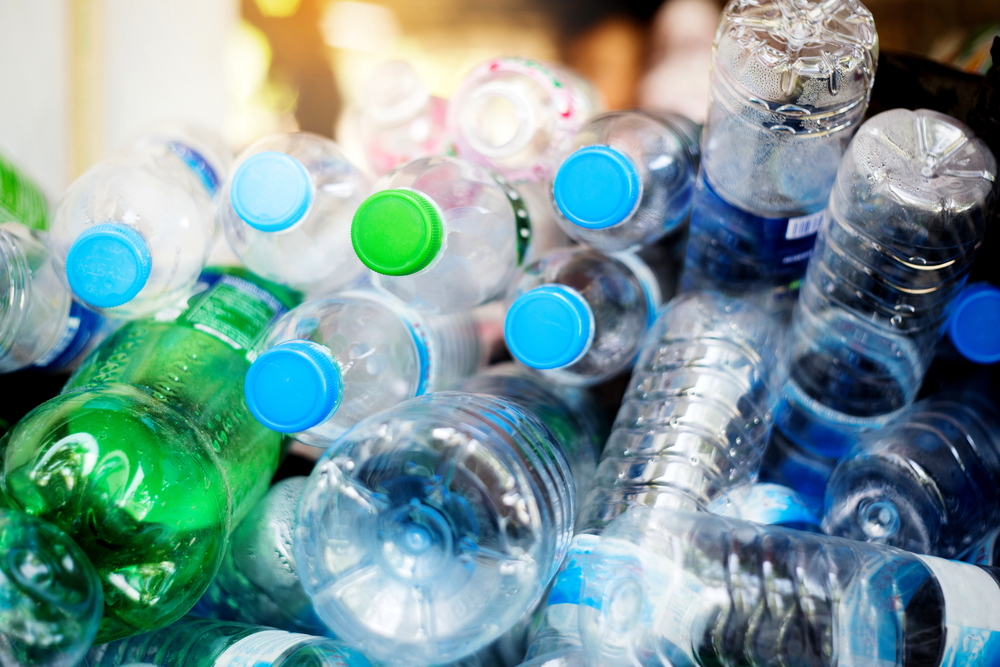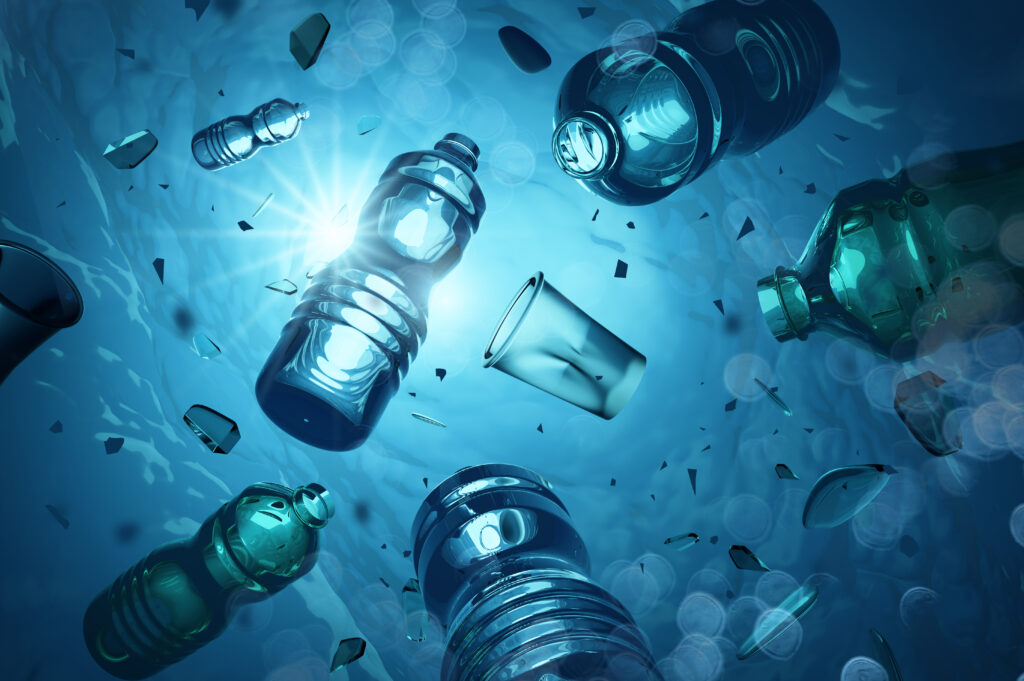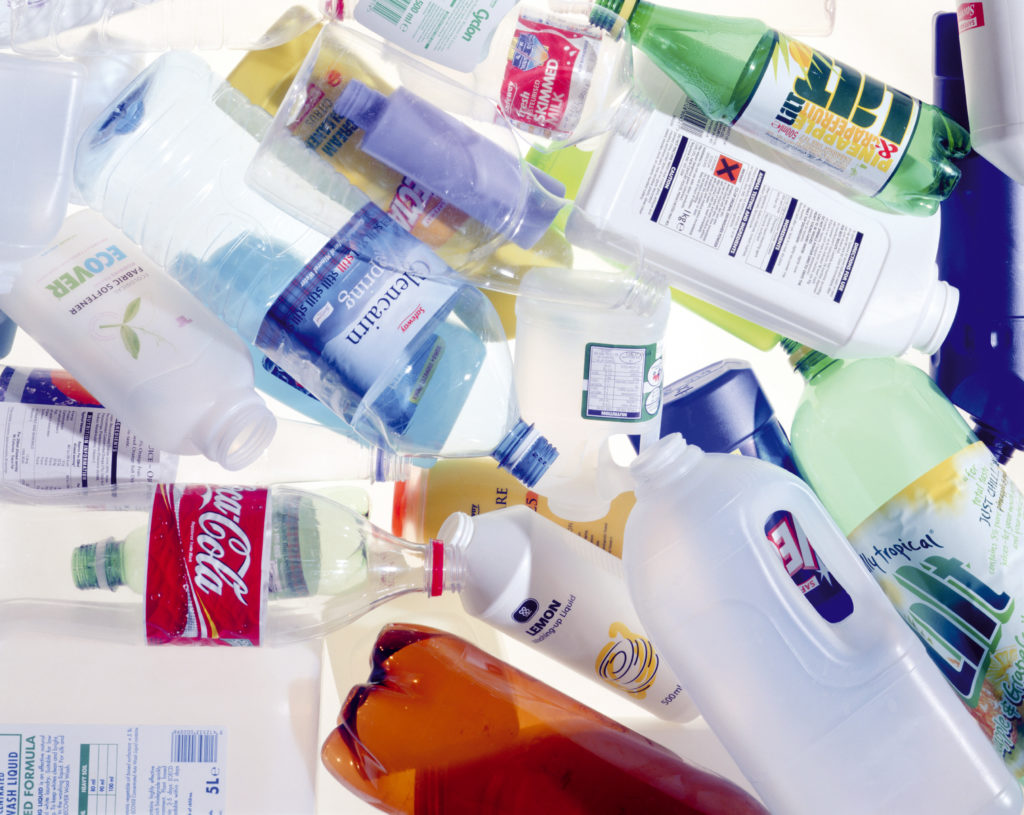In terms of recycling, this includes replacing 10% of virgin plastics with recycled by 2010 or sooner, rising to 30% in 2015 and 50% in 2020.
This is equivalent to reducing the tonnage of virgin material used in the sector by ultimately around 50,000 tonnes.
Other goals include the development of centralised anaerobic digestion facilities for the processing of waste into energy and a vision of sending zero waste to landfill.
The document was drawn up by a working group chaired by milk trade body Dairy UK, with membership from across the milk supply chain including feed and fertiliser manufacturers, farming organisations, processors, retailers and packaging suppliers.
Minister for Food and Farming Jeff Rooker said: “The dairy industry has acted responsibly in the past to cut its environmental impact, and this Roadmap provides a major new tool to achieve that. Delivering on the targets contained in the document will be a significant achievement. I welcome the UK dairy industry's collaborative approach in developing this plan of action.”
Dairy UK Director General Jim Begg commented: “Dairy companies seized the challenge of the Road Map project from the start and have produced a series of very ambitious environmental targets for the sector. It is a major opportunity for us to demonstrate that we are about more than just ‘green wash'.”
“I am proud of the measures that our industry has committed itself to, and proud that we are the first sector to draw up one of these ground breaking Road Maps. I believe we are setting an important example to other sectors and to the rest of the world,” he added.
HDPE
The Milk Roadmap – which also includes renewable energy and water reduction goals – builds on work by the Waste and Resources Action Programme to get more recycled HDPE used in milk bottles.
At present, over 3 billion high-density polyethylene (HDPE) milk bottles are manufactured in the UK each year, using 120,000 tonnes of plastic.
I believe we are setting an important example to other sectors and to the rest of the world
Jim Begg, Dairy UK
Last year, the organisation successfully trialled the use of clean recycled material in milk bottles sold by Marks and Spencer (see letsrecycle.com story) and has encouraged the development of other food-grade plastics recycling facilities, such as those being developed by firms such as Closed Loop London, Nampak plastics and Waste Exchange Services.
The Milk Roadmap document said: “By ensuring that all milk packaging is restricted to recyclable or recoverable materials, processors will be able to target a “zero waste to landfill” vision. Provided that significant improvements are made to the reprocessing capacity, and that public attitudes towards recycling are altered to ensure correct behaviour, it is possible that an entirely closed loop system for milk product packaging use can be achieved.”
James Crick, Business Development Director for Nampak Plastics Europe, said:”Today's publication of the Milk Roadmap (Friday 2 May) is an important milestone for the dairy industry and one of the targets highlighted by Defra is that half of all milk packaging will be made from recycled materials by 2020.
“We are pleased to have been involved in the Milk Roadmap's development and the targets set for the use of recycled content in packaging are ambitious. However, Nampak is confident that it is in a good position to meet these targets. We were instrumental in the production of the world's first recycled content HDPE bottle and have also committed to supplying all our UK manufactured milk bottles with up to 10% recycled content during 2008/09, ahead of the Milk Roadmap short term target of 10% by 2010,” he added.
Anaerobic
Alongside packaging, the Milk Roadmap sets down plans for the development of anaerobic digestion facilities to manage waste.
In parallel with on-farm AD, Dairy UK has already been investigating the commercial and technical feasibility of exploiting centralised AD within the dairy supply chain throughout 2007.
The centralised plants could co-treat waste from a variety of food-processing sites, alongside that from dairy processors, and generate digestate for re-use on dairy farms and energy for dairy processing.
The document explained: “The model being explored by Dairy UK is to develop centralised systems based at or near to dairy processing facilities where there is a ready supply of organic waste (from onsite effluent treatment processes) and a demand for energy.
“These systems would take advantage of the close proximity of the majority of dairy processors to primary producers by importing and co-digesting livestock manures with dairy processing waste.”










Subscribe for free